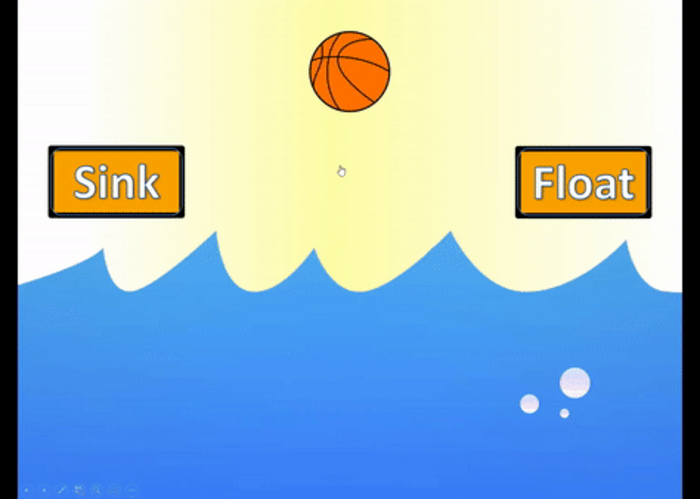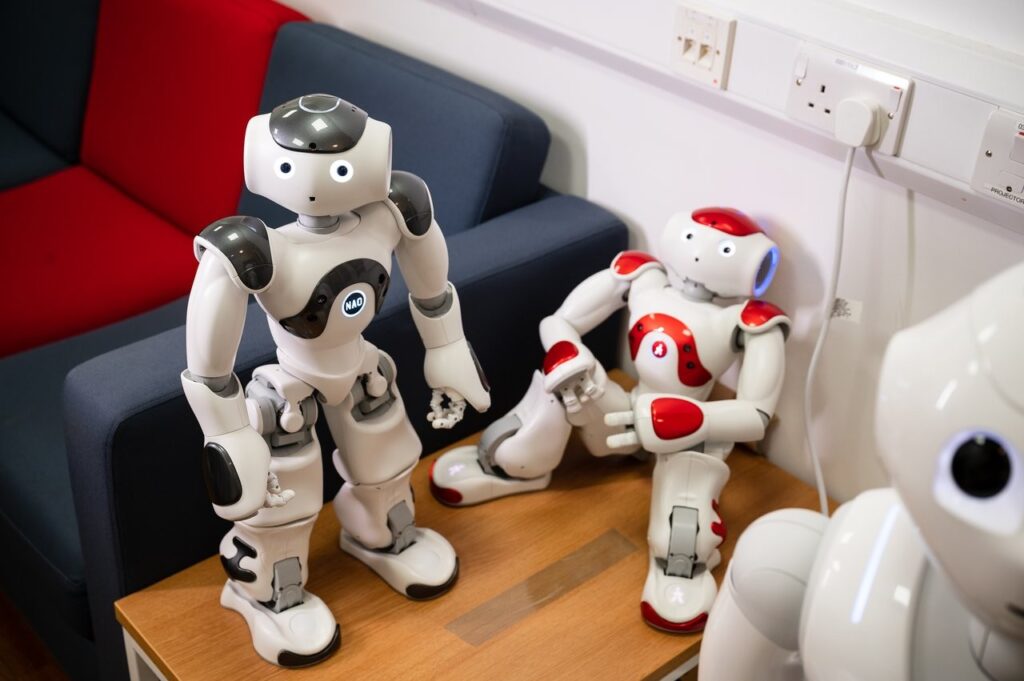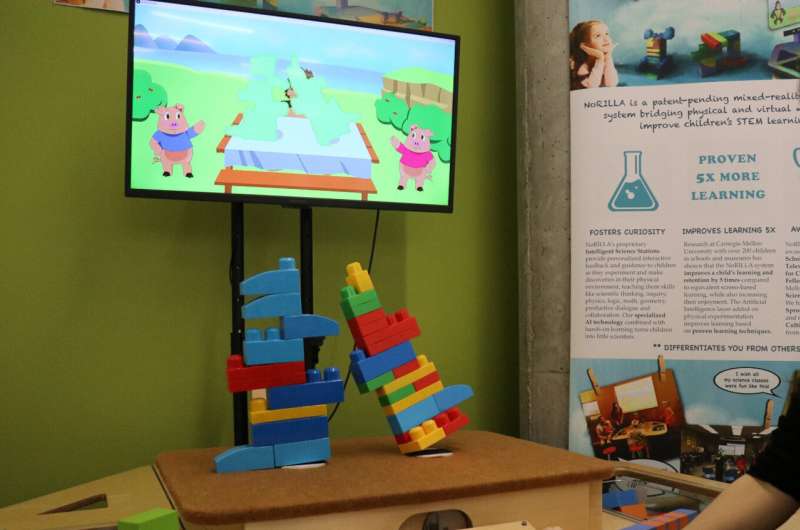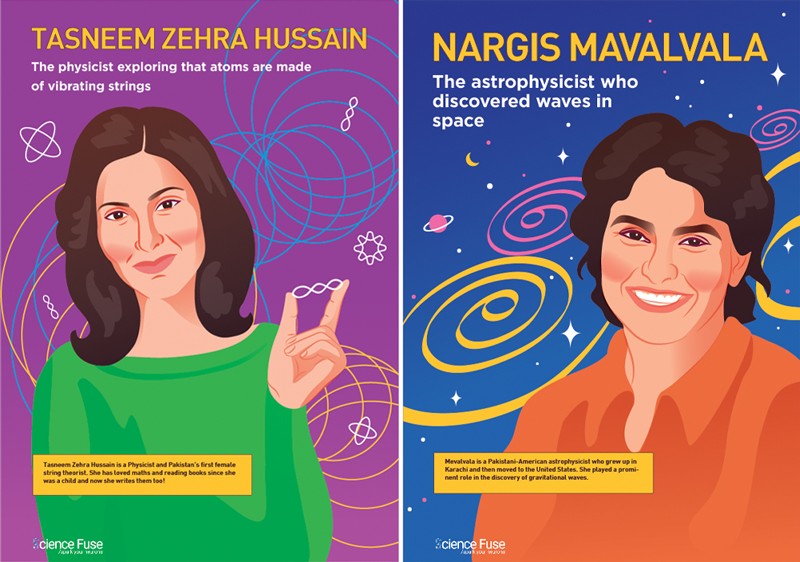I received (via email) a December 8, 2022 Canadian Science Policy Centre (CSPC) announcement about their various doings when this event, which seems a little short on information, caught my attention,
[Building Transdisciplinary Research Paths towards a more Sustainable and Inclusive Future]
Upcoming Virtual Event
With this workshop, Belmont Forum and IAI aim to open a collective reflection on the ideas and practices around ‘Transdisciplinarity’ (TD) to foster participatory knowledge production. Our goal is to create a safe environment for people to share their impressions about TD, as a form of experimental lab based on a culture of collaboration.
…
This CSPC event page cleared up a few questions,
Building Transdisciplinary Research Paths towards a more Sustainable and Inclusive Future
Global environmental change and sustainability require engagement with civil society and wide participation to gain social legitimacy, also, it is necessary to open cooperation among different scientific disciplines, borderless collaboration, and collaborative learning processes, among other crucial issues.
Those efforts have been recurrently encompassed by the idea of ‘Transdisciplinarity’ (TD), which is a fairly new word and evolving concept. Several of those characteristics are daily practices in academic and non-academic communities, sometimes under different words or conceptions.
With this workshop, Belmont Forum and IAI [Inter-American Institute for Global Change Research?] aim to open a collective reflection on the ideas and practices around ‘Transdisciplinarity’ (TD) to foster participatory knowledge production. Our goal is to create a safe environment for people to share their impressions about TD, as a form of experimental lab based on a culture of collaboration.
Date: Dec 14 [2022]
Time: 3:00 pm – 4:00 pm EST
Website [Register here]: https://us02web.zoom.us/meeting/register/tZArcOCupj4rHdBbwhSUpVhpvPuou5kNlZId
For the curious, here’s more about the Belmont Forum from their About page, Note: Links have been removed,
Established in 2009, the Belmont Forum is a partnership of funding organizations, international science councils, and regional consortia committed to the advancement of transdisciplinary science. Forum operations are guided by the Belmont Challenge, a vision document that encourages:
International transdisciplinary research providing knowledge for understanding, mitigating and adapting to global environmental change.
Forum members and partner organizations work collaboratively to meet this Challenge by issuing international calls for proposals, committing to best practices for open data access, and providing transdisciplinary training. To that end, the Belmont Forum is also working to enhance the broader capacity to conduct transnational environmental change research through its e-Infrastructure and Data Management initiative.
Since its establishment, the Forum has successfully led 19 calls for proposals, supporting 134 projects and more than 1,000 scientists and stakeholders, representing over 90 countries. Themes addressed by CRAs have included Freshwater Security, Coastal Vulnerability, Food Security and Land Use Change, Climate Predictability and Inter-Regional Linkages, Biodiversity and Ecosystem Services, Arctic Observing and Science for Sustainability, and Mountains as Sentinels of Change. New themes are developed through a scoping process and made available for proposals through the Belmont Forum website and its BF Grant Operations site.
…
If you keep scrolling down the Bellmont Forum’s About page, you’ll find an impressive list of partners including the Natural Sciences and Engineering Research Council of Canada (NSERC).
I’m pretty sure IAI is Inter-American Institute for Global Change Research, given that two of the panelists come from that organization. Here’s more about the IAI from their About Us page, Note: Links have been removed,
Humans have affected practically all ecosystems on earth. Over the past 200 years, mankind’s emissions of greenhouse gases into the Earth’s atmosphere have changed its radiative properties and are causing a rise in global temperatures which is now modifying Earth system functions globally. As a result, the 21st-century is faced with environmental changes from local to global scales that require large efforts of mitigation and adaptation by societies and ecosystems. The causes and effects, problems and solutions of global change interlink biogeochemistry, Earth system functions and socio-economic conditions in increasingly complex ways. To guide efforts of mitigation and adaptation to global change and aid policy decisions, scientific knowledge now needs to be generated in broad transdisciplinary ways that address the needs of knowledge users and also provide profound understanding of complex socio-environmental systems.
To address these knowledge needs, 12 nations of the American continent came together in Montevideo, Uruguay, in 1992 to establish the Inter-American Institute for Global Change Research (IAI). The 12 governments, in the Declaration of Montevideo, called for the Institute to develop the best possible international coordination of scientific and economic research on the extent, causes, and consequences of global change in the Americas.
Sixteen governments signed the resulting Agreement Establishing the IAI which laid the foundation for the IAI’s function as a regional intergovernmental organization that promotes interdisciplinary scientific research and capacity building to inform decision-makers on the continent and beyond. Since the establishment of the Agreement in 1992, 3 additional nations have acceded the treaty, and the IAI has now 19 Parties in the Americas, which come together once every year in the Conference of the Parties to monitor and direct the IAI’s activities.
…
Now onto the best part, reading about the panelists (from CSPC event page, scroll down and click on the See bio button), Note: I have made some rough changes to the formatting so that the bios match each other more closely,
Dr. Lily House-Peters is Associate Professor in the Department of Geography at California State University, Long Beach. Dr. House-Peters is a broadly trained human-environment geographer with experience in qualitative and quantitative approaches to human dimensions of environmental change, water security, mining and extraction, and natural resource conservation policy. She has a decade of experience and expertise in transdisciplinary research for action-oriented solutions to global environmental change. She is currently part of a team creating a curriculum for global change researchers in the Americas focused on the drivers and barriers of effective transdisciplinary collaboration and processes of integration and convergence in diverse teams.
Dr. Gabriela Alonso Yanez, Associate Professor, Werklund School of Education University of Calgary. Learning and education in the context of sustainability and global change are the focus of my work. Over the last ten years, I have participated in several collaborative research projects with multiple aims, including building researchers’ and organizations’ capacity for collaboration and engaging networks that include knowledge keepers, local community members and academics in co-designing and co-producing solutions-oriented knowledge.
Marshalee Valentine, MSc, BTech. Marshalee Valentine is Co-founder and Vice President of the International Women’s Coffee Alliance Jamaica (IWCA), a charitable organization responsible for the development and implementation of social impact and community development projects geared towards improving the livelihoods of women along the coffee value chain in Jamaica. In addition, she also owns and operates a Quality, Food Safety and Environmental Management Systems Consultancy. Her areas of expertise include; Process improvement, technology and Innovation transfer methods, capacity building and community-based research.
With a background in Agriculture, she holds a Bachelor of Technology in Environmental Sciences and a Master’s Degree in Environmental Management. Marshalee offers a unique perspective for regional authenticity bringing deep sensibility to issues of gender, equity and inclusion, in particular related to GEC issues in small countries.
Fany Ramos Quispe, Science Technology and Policy Fellow, Inter-American Institute for Global Change Research. Fany Ramos Quispe holds a B.S. in Environmental Engineering from the Polytechnic Institute of Mexico, and an MSc. in Environmental Change and International Development from the University of Sheffield in the United Kingdom. She worked with a variety of private and public organizations at the national and international levels. She has experience on projects related to renewable energies, waste and water management, environmental education, climate change, and inter and transdisciplinary research, among others. After her postgraduate studies, she joined the Bolivian government mainly to support international affairs related to climate change at the Plurinational Authority of Mother Earth, afterwards, she joined the Centre for Social Research of the Vicepresidency as a Climate Change Specialist.
For several years now she combined academic and professional activities with side projects and activism for environmental and educational issues. She is a founder and former chair (2019-2020) of the environmental engineers’ society of La Paz and collaborates with different grassroots organizations.
Fany is a member of OWSD Bolivia [Organization for Women in Science for the Developing World {OWSD}] and current IAI Science, Technology and Policy fellow at the Belmont Forum.
Dr. Laila Sandroni, Science Technology and Policy Fellow, InterAmerican Institute for Global Change Research. Laila Sandroni is an Anthropologist and Geographer with experience in transdisciplinary research in social sciences. Her research interests lie in the field of transformations to sustainability and the role of different kinds of knowledge in defining the best paths to achieve biodiversity conservation and forest management. She has particular expertise in epistemology, power-knowledge relations, and evidence-based policy in environmental issues.
Laila has a longstanding involvement with stakeholders working on different paths towards biodiversity conservation. She has experience in transdisciplinary science and participatory methodologies to encompass plural knowledge on the management of protected areas in tropical rainforests in Brazil.
This event seems to be free and it looks like an exciting panel.
Unexpectedly, they don’t have a male participant amongst the panelists. Outside of groups that are explicitly exploring women’s issues in the sciences, I’ve never before seen a science panel composed entirely of women. As well, the organizers seem to have broadened the range of geographies represented at a Canadian event with a researcher who has experience in Brazil, another with experience in Bolivia, a panelist who works in Jamaica, and two academics who focus on the Americas (South, Central, and North).
Transdisciplinarity and other disciplinarities
There are so many: crossdisciplinarity, multidisciplinarity, interdisciplinarity, and transdisciplinarity, that the whole subject gets a little confusing. Jeffrey Evans’ July 29, 2014 post on the Purdue University (Indiana, US) Polytechnic Institute blog answers questions about three (trans-, multi-, and inter-) of the disciplinarities,
Learners entering the Polytechnic Incubator’s new program will no doubt hear the terms “multidisciplinary (arity)” and “interdisciplinary (arity)” thrown about somewhat indiscriminately. Interestingly, we administrators, faculty, and staff also use these terms rather loosely and too often without carefully considering their underlying meaning.
Recently I gave a talk about yet another disciplinarity: “transdisciplinarity.” The purpose of the talk was to share with colleagues from around the country the opportunities and challenges associated with developing a truly transdisciplinary environment in an institution of higher education. During a meeting after I returned, the terms “multi”, “inter”, and “trans” disciplinary(arity) were being thrown around, and it was clear that the meanings of the terms were not clearly understood. Hopefully this blog entry will help shed some light on the subject. …
First, I am not an expert in the various “disciplinarities.” The ideas and descriptions that follow are not mine and have been around for decades, with many books and articles written on the subject. Yet my Polytechnic Incubator colleagues and I believe in these ideas and in their advantages and constraints, and they serve to motivate the design of the Incubator’s transdisciplinary environment.
In 1992, Hugh G. Petrie wrote a seminal article1 for the American Educational Research Association that articulates the meaning of these ideas. Later, in 2007, A. Wendy Russell, Fern Wickson, and Anna L. Carew contributed an article2 discussing the context of transdisciplinarity, prescriptions for transdisciplinary knowledge production and the contradictions that arise, and suggestions for universities to develop capacity for transdisciplinarity, rather than simply investing in knowledge “products.” …
…
Multidisciplinarity
Petrie1 discusses multidisciplinarity as “the idea of a number of disciplines working together on a problem, an educational program, or a research study. The effect is additive rather than integrative. The project is usually short-lived, and there is seldom any long-term change in the ways in which the disciplinary participants in a multidisciplinary project view their own work.”
…
Interdisciplinarity
Moving to extend the idea of multidisciplinarity to include more integration, rather than just addition, Petrie writes about interdisciplinarity in this way:
“Interdisciplinary research or education typically refers to those situations in which the integration of the work goes beyond the mere concatenation of disciplinary contributions. Some key elements of disciplinarians’ use of their concepts and tools change. There is a level of integration. Interdisciplinary subjects in university curricula such as physical chemistry or social psychology, which by now have, perhaps,themselves become disciplines, are good examples. A newer one might be the field of immunopharmocology, which combines the work of bacteriology, chemistry, physiology, and immunology. Another instance of interdisciplinarity might be the emerging notion of a core curriculum that goes considerably beyond simple distribution requirements in undergraduate programs of general education.”
…
Transdisciplinarity
Petrie1 writes about transdisciplinarity in this way: “The notion of transdisciplinarity exemplifies one of the historically important driving forces in the area of interdisciplinarity, namely, the idea of the desirability of the integration of knowledge into some meaningful whole. The best example, perhaps, of the drive to transdisciplinarity might be the early discussions of general systems theory when it was being held forward as a grand synthesis of knowledge. Marxism, structuralism, and feminist theory are sometimes cited as examples of a transdisciplinary approach. Essentially, this kind of interdisciplinarity represents the impetus to integrate knowledge, and, hence, is often characterized by a denigration and repudiation of the disciplines and disciplinary work as essentially fragmented and incomplete.
…
It seems multidisciplinarity could be viewed as an ad hoc approach whereas interdsciplinarity and transdisciplinarity are intimately related with ‘inter-‘ being a subset of ‘trans-‘.
I think that’s enough for now. Should I ever stumble across a definition for crossdisciplinarity, I will endeavour to add it here.




